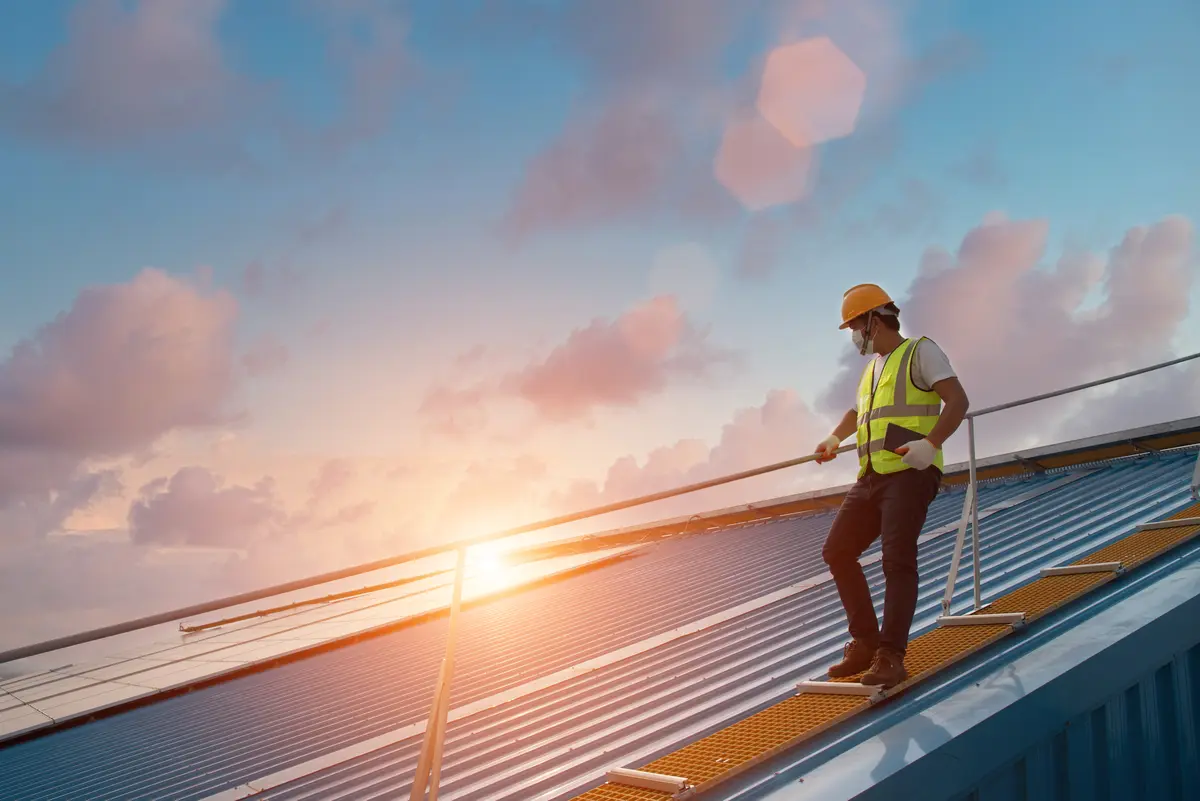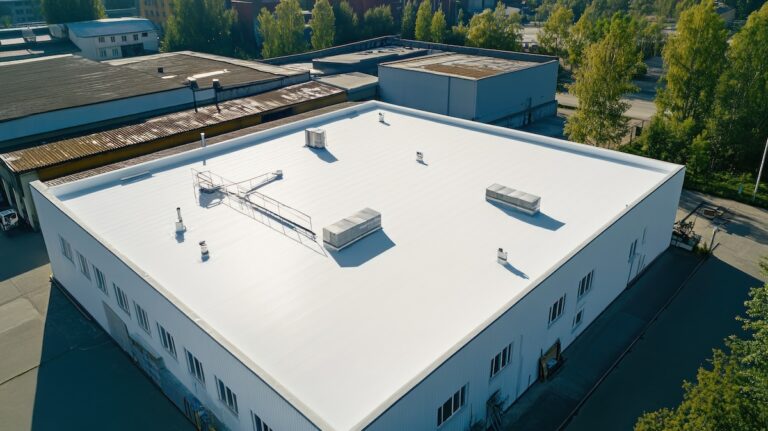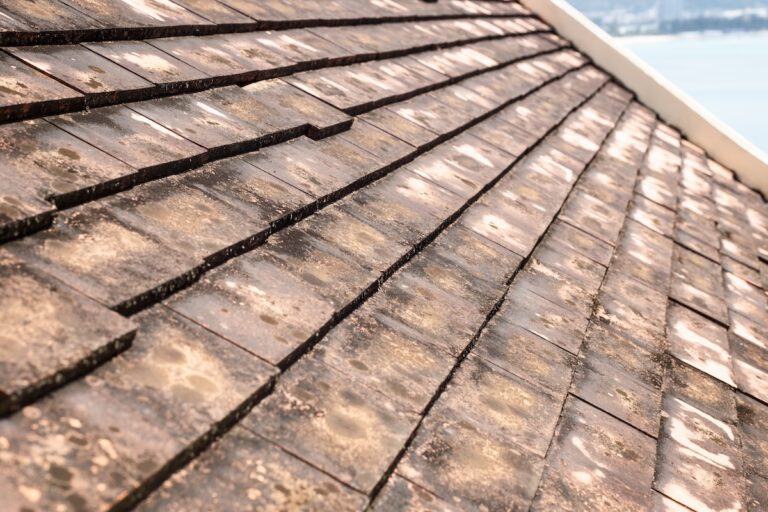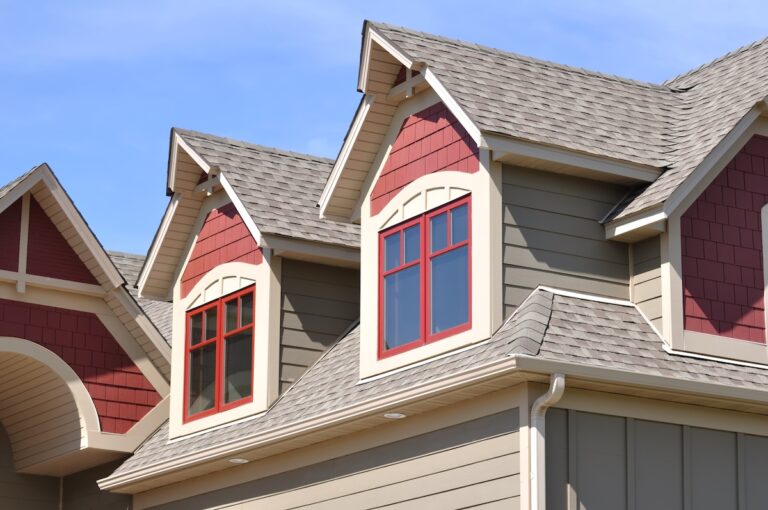Maintaining a commercial property involves many responsibilities, and one of the most critical is ensuring the integrity of your building’s roof. Regular roof inspections are essential to:
- Safeguard your investment
- Prevent costly damages
- Uphold the safety and comfort of occupants
In this guide, we’ll explore the importance of a commercial roof inspection, what they involve, and how you can effectively manage your roof to prolong its lifespan.
Why Regular Commercial Roof Inspections Matter
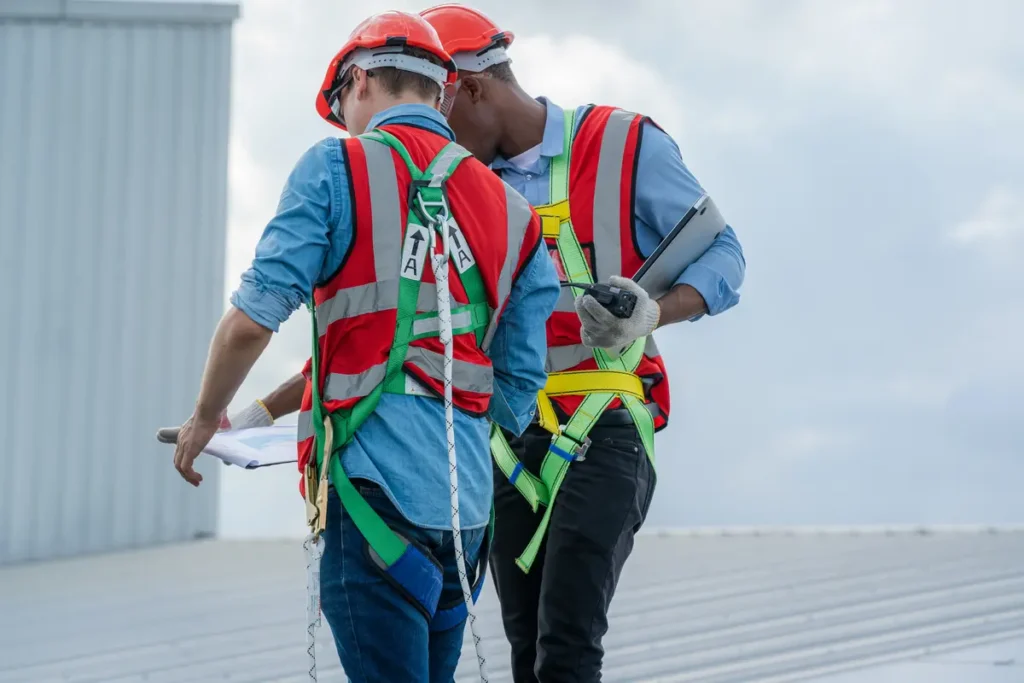
Commercial roofs play a vital role in protecting buildings from the elements. However, their importance often goes unnoticed until a problem arises. Regular inspections can help identify potential issues early, saving property managers and building owners from costly repairs and disruptions.
Signs You Need a Commercial Roof Inspection
Knowing when to schedule an inspection is crucial. Here are some signs that it’s time to call in the professionals:
- Visible Damage: Look for cracked, curled, or missing roofing materials.
- Water Stains on Ceilings: These are a clear indication of a leak or moisture problem.
- Mold or Mildew Growth: Often a result of persistent moisture issues.
- Sagging Roof Deck: This could indicate structural issues or water damage.
- Increased Energy Bills: A damaged roof can lead to poor insulation, driving up heating and cooling costs.
What Happens During a Commercial Roof Inspection? 5 Things They Look For
During a commercial roof inspection, a professional roofing specialist thoroughly examines various components of the roof system to assess its overall condition. This process involves checking the integrity of roofing materials, inspecting the drainage systems, and identifying signs of wear or potential damage.
The goal is to detect issues that may compromise the roof’s performance, such as leaks, structural weaknesses, or deterioration, before they escalate into more significant problems. By understanding what takes place during an inspection, property managers and building owners can better appreciate the value of regularly scheduled assessments and the proactive steps they can take to maintain a durable and reliable roofing system.
1. Roof Membrane Condition
Inspectors check the roof membrane for any punctures, tears, or blisters that could lead to leaks or further damage.
2. Flashing Integrity
This involves ensuring that there are no gaps or damage in the flashing, which can allow water to seep into the underlying structure.
3. Drainage Systems
Inspectors examine the drainage systems for clogs and verify that water flows off the roof efficiently to prevent pooling and potential leaks.
4. Surface Wear and Tear
They look for signs of erosion or damage caused by weather conditions and environmental factors that may affect the roof’s longevity.
5. Signs of Biological Growth
Inspectors identify any algae, mold, or moss present, as these can compromise roofing materials and lead to further deterioration.
Tools and Techniques Used
Inspectors use a range of tools such as moisture meters, infrared cameras, and drones to conduct comprehensive assessments. These technologies help in detecting hidden issues that aren’t visible to the naked eye.
How Often Should You Schedule a Commercial Roof Inspection?
The frequency of inspections largely depends on the age and type of the roof, as well as the building’s location and exposure to harsh weather conditions. However, a general guideline is:
- Semi-Annually: Ideally, you should inspect your roof twice a year—once in the spring and once in the fall. These seasons are optimal for identifying winter damage and preparing for upcoming weather changes.
- After Major Weather Events: Severe storms, heavy snowfall, or high winds can cause significant damage and necessitate an immediate inspection.
- When Preparing to Buy or Sell: An inspection provides valuable insight into the roof’s condition, impacting the property’s value and negotiation process.
Understanding the Costs of Commercial Roof Inspections
The cost of a commercial roof inspection can vary based on several factors, including the size of the roof, its complexity, and the geographic location of the property.
Cost Breakdown
- Basic Inspection: Typically ranges from $200 to $500 for a standard-sized commercial roof.
- Comprehensive Inspection with Technology Use: Can cost between $500 and $1,000, especially if infrared scanning or drones are involved.
Cost-Saving Tips
- Bundling Services: Some service providers offer discounts when combining inspections with maintenance services.
- Long-Term Contracts: Signing a long-term inspection contract can often lead to reduced rates.
Maintaining Your Commercial Roof Between Inspections
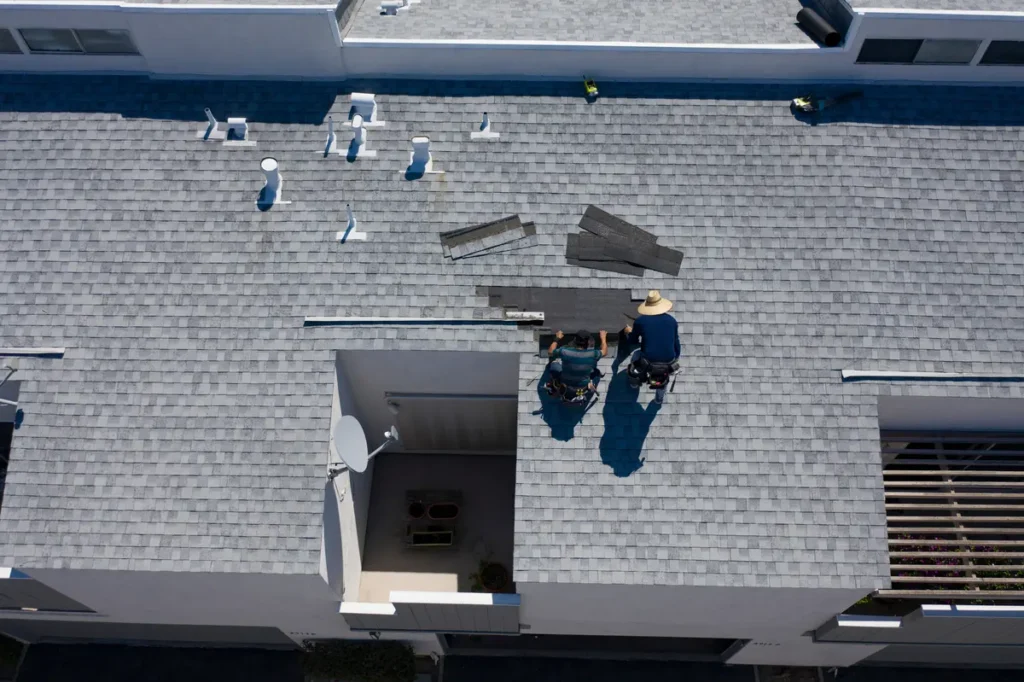
Regular care and maintenance are key to prolonging the life of your commercial roof. Here are some tips to keep your roof in top condition:
- Regular Cleaning: Remove debris like leaves, branches, and dirt that can trap moisture and encourage mold growth.
- Check Drainage Systems: Ensure gutters and downspouts are clear and functional to prevent standing water.
- Prompt Repairs: Address minor issues immediately to prevent them from escalating into major problems.
- Professional Maintenance: Engage a trusted roofing contractor for routine maintenance to keep your roof system healthy.
Building a Roof Maintenance Plan
- Schedule Maintenance: Align routine maintenance with inspection schedules for consistency and efficiency.
- Document Everything: Keep detailed records of inspections, maintenance, and repairs to track the roof’s history.
- Set a Budget: Allocate funds annually for unexpected repairs and routine maintenance to avoid financial strain.
We’ll Help You Through The Commercial Roof Inspection Plan
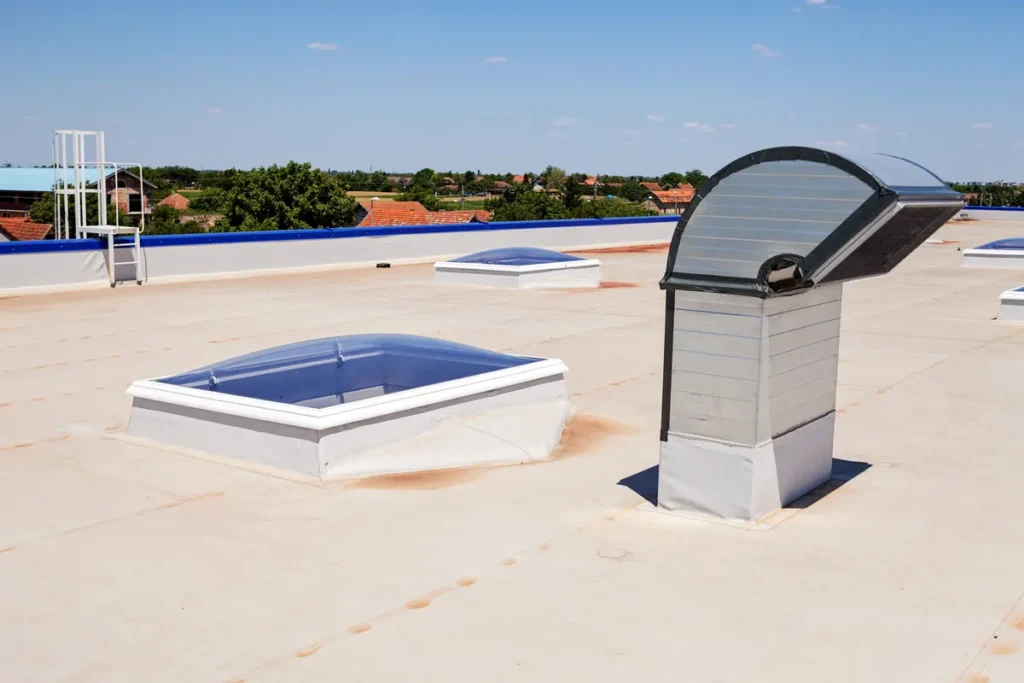
Commercial roof inspections are a fundamental part of property management. Investing in regular inspections and maintenance not only safeguards your property assets but also provides peace of mind. For expert guidance and reliable inspection services, reach out to a certified roofing professional at G. Cannon Roofing today.
We’re here to keep your roofs—and your buildings—secure, efficient, and resilient, now and in the future.
